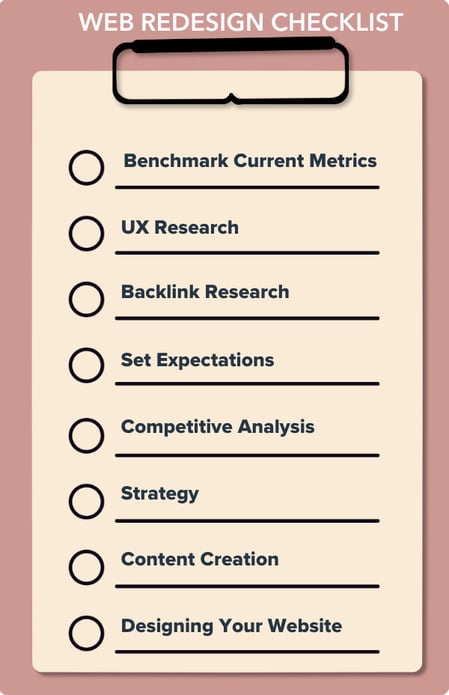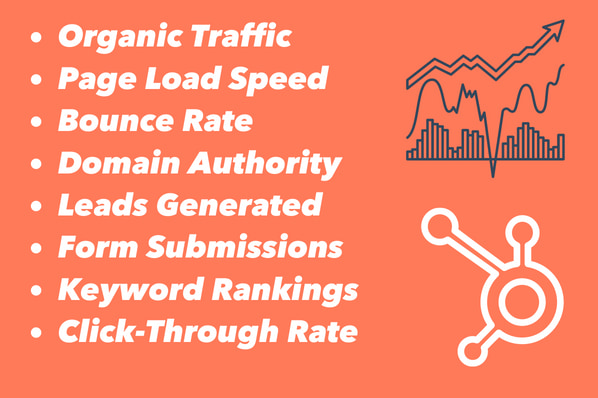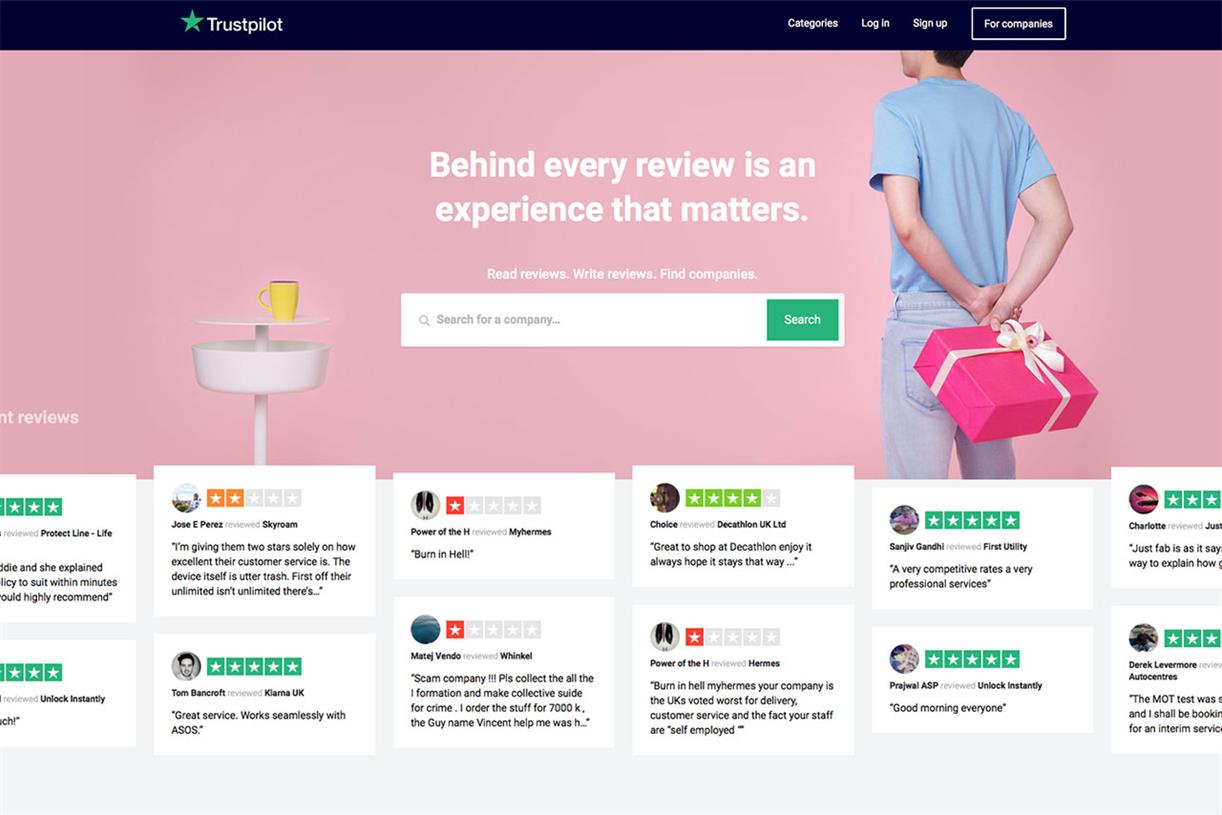Website Redesign: An 8-Step Checklist to Achieve Your Marketing Goals
Undergoing a website redesign can be an exciting time, as you’ll have a fresh chance at capturing a new market for your business. Since it can be a big project, we’ve compiled a checklist of things you need for...

Undergoing a website redesign can be an exciting time, as you’ll have a fresh chance at capturing a new market for your business. Since it can be a big project, we’ve compiled a checklist of things you need for your website redesign to achieve all your marketing goals. Feel free to click through the table of contents to jump to any particular section or scroll through. Before we get into the nitty-gritty of what you’ll need to do when redesigning your website, it’s good to consider whether you need a redesign in the first place. If your website is consistently converting leads, gaining traffic year over year, and/or pacing expectations, you might not need to redesign your website at all. Instead, look at ways you can improve your existing website, whether that’s through user experience, optimization, or re-examining your strategy. Since you want to make your changes informed and effective, you need to benchmark your important site metrics before doing anything else. You can use any number of SEO auditing tools to find all of your important metrics. Here’s an image of all the important metrics you should remember. The most important part of any business is solving customer pain points. So before doing a website redesign, it is pivotal to figure out how to improve your user experience. To optimize your web design for usability, keep things simple, easy to navigate, and easily accessible for your users. This could mean reducing page load speed, having a clear visual hierarchy, or using customer satisfaction surveys to collect feedback. The important part is listening to your target audience and implementing design changes based on their feedback. The importance of backlink analysis when redesigning a website must be recognized. Backlinks are a good source of traffic where other websites link back to yours. The more backlinks you earn, the better your domain authority, link-building is one of the most important parts of website SEO. That’s why you must keep your website’s popular pages intact to avoid the dreaded 404 error page for web crawlers and people finding your website through Google or other pages linking to you. If you’re redesigning your website, you don’t want to jump in without a plan. Here is where benchmarking your metrics can come in handy. Make sure you set clear and quantifiable goals on where you want your website to be three months, six months, and twelve months from now. Some suggestions on success metrics could be sales conversions, organic traffic, or improving your keyword rankings. Conducting a competitive analysis can help you identify growth opportunities for your website based on what your competition is doing. Performing a website redesign is the perfect time to implement insights you gain from the competitive analysis. While you shouldn’t obsess over your competitors (your focus should always be on the customer), it’s good to see what you could be doing or focusing on to solve customer pain points. Here’s a helpful video showing you a quick guide on how to conduct a competitive analysis for your website. Now it’s time to develop a strategy to accomplish your goals. Concrete metrics-based strategies could mean working with your SEO team so that you can improve rankings or working with sales to increase leads. On a higher level, now is your chance to examine what your branding strategy is. What message do you want to send to customers when they visit your website? Often, your website is the first time your customer will learn about your business. How would you design your website knowing you only have a few seconds to grab a visitor’s attention? Whether your website is a bold statement or defined by its subtlety, it should ultimately be a reflection of your business and branding goals. While often an afterthought for some websites, content creation is the backbone of many businesses. Three strong forms of content are blogs, podcasts, and videos. You should use content creation to leverage your business in a way that’s helpful for your customer. Think about what your business specializes in and how you can reach your audience through content. HubSpot, for example, is a CRM company that uses blogs and podcasts to educate its target audience on marketing and sales strategies, customer service, and website building. Here’s where you take everything you’ve learned and start your website's redesign. Remember to design your website strategically in a way that improves user experience and is set up for success in terms of reaching your success metrics. Above all else, you want to solve your customers’ needs, and a website redesign is a perfect time to do that. Now that you know what needs to be done for your website redesign, it’s time to put that knowledge to use. Study your website for the best growth opportunities, and find where you have room for improvement. Website redesign is an ongoing process, so have a team dedicated to maintaining and improving your website.

Step 0: Don’t Fix What Isn’t Broken
Step 1: Benchmarking Current Metrics

Step 2: UX Research
Step 3: Backlink Tracking and Research
Step 4: Set Expectations
Step 5: Competitive Analysis
Step 6: Strategy
Step 7: Content Creation
Step 8: Designing your website
Getting Started With Website Redesign

 ValVades
ValVades ![25 HTML & CSS Hacks [Free Guide]](https://no-cache.hubspot.com/cta/default/53/848be230-f06a-420e-9a24-82b45fe61632.png)











![8 Data-Backed Recommendations for Social Media Marketers in 2022 [Insights from 300+ Professionals]](https://blog.hubspot.com/hubfs/a%20consumer%20looks%20at%20a%20social%20media%20marketing%20campaign%20on%20their%20smartphone.jpg#keepProtocol)





















